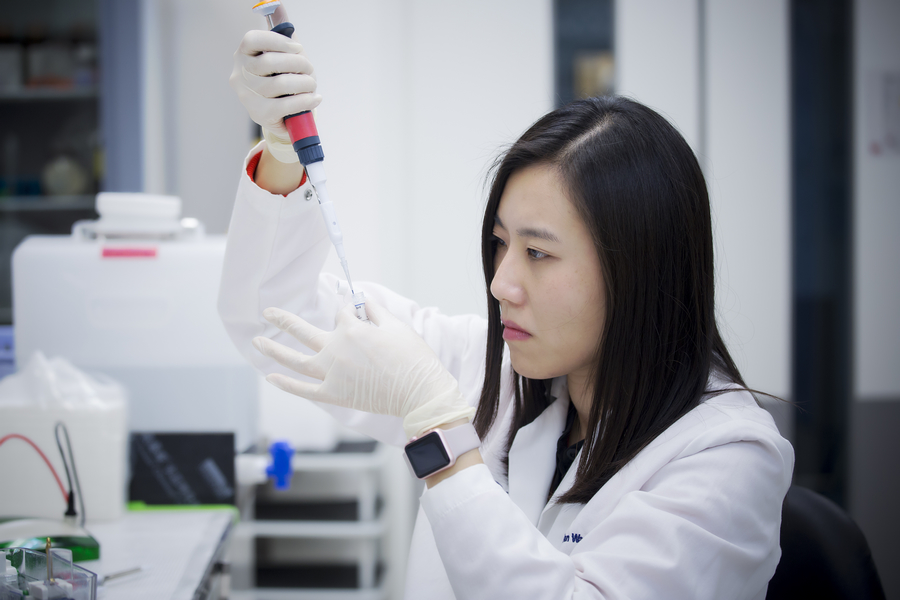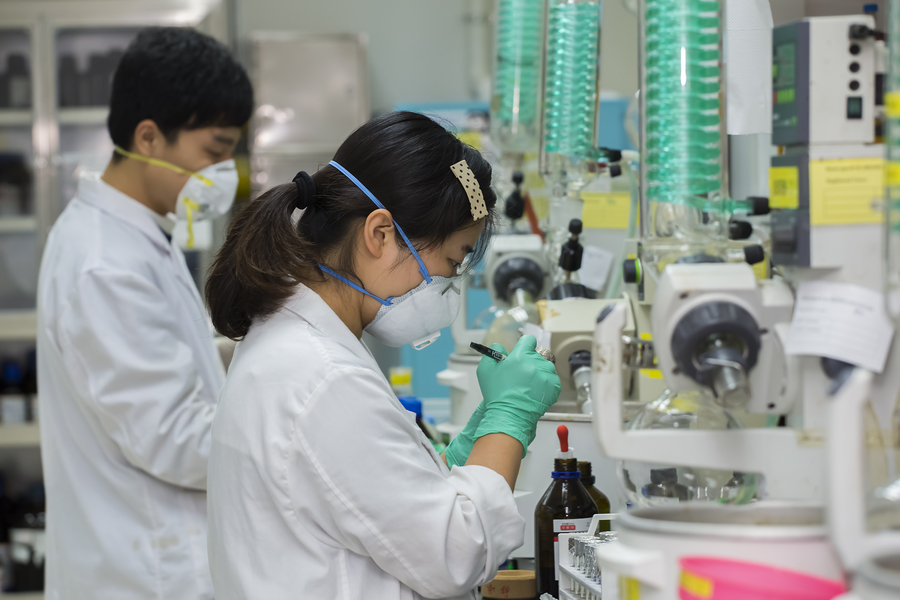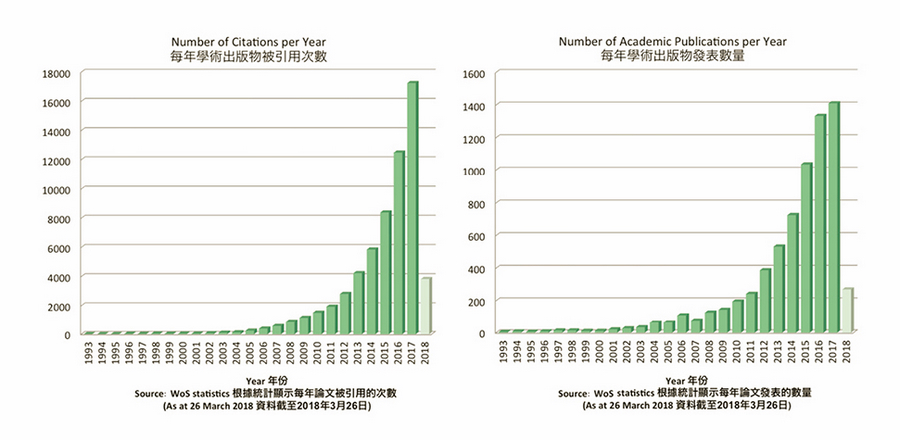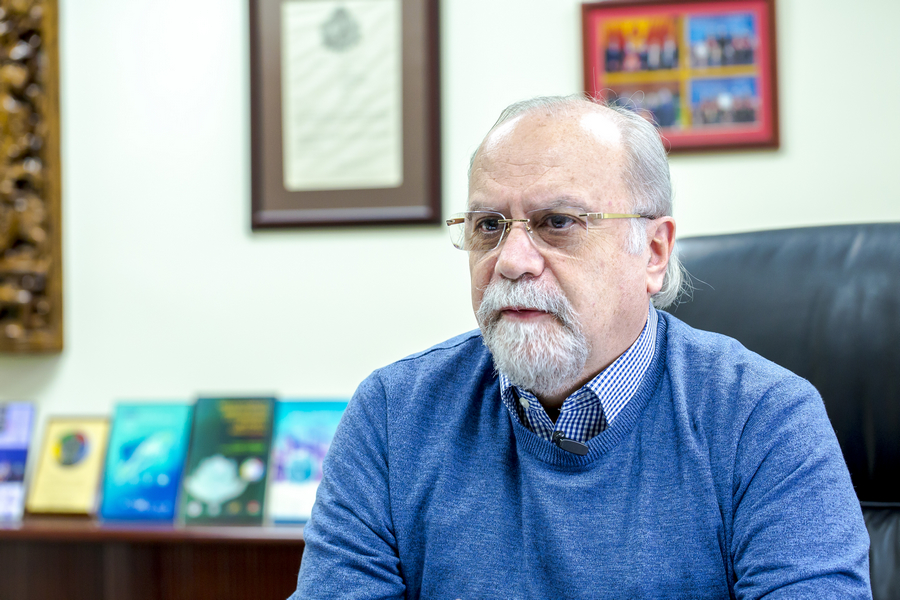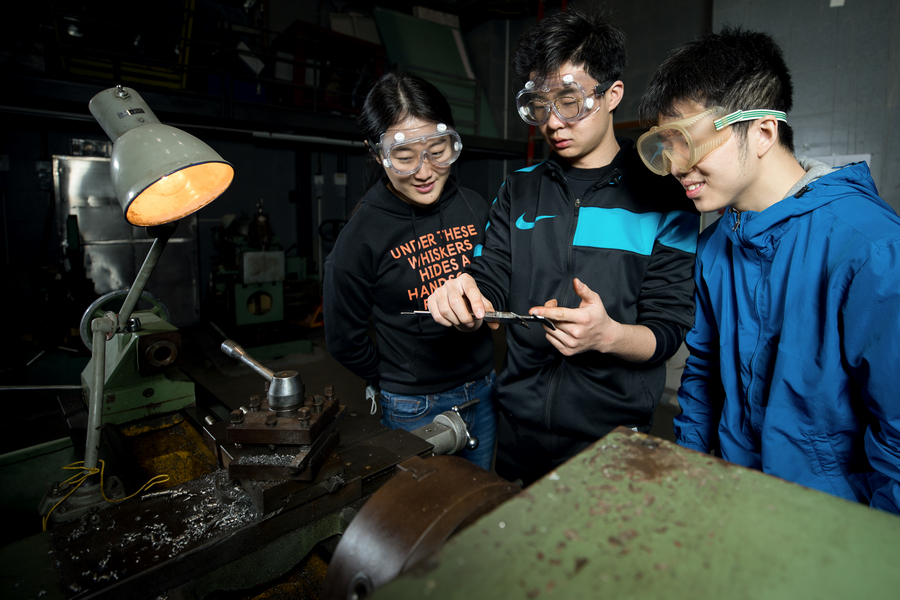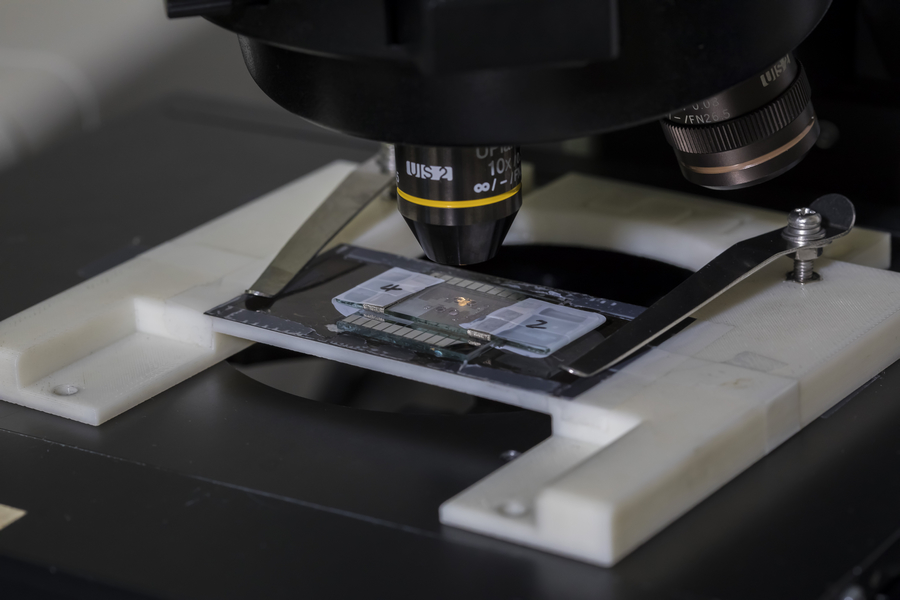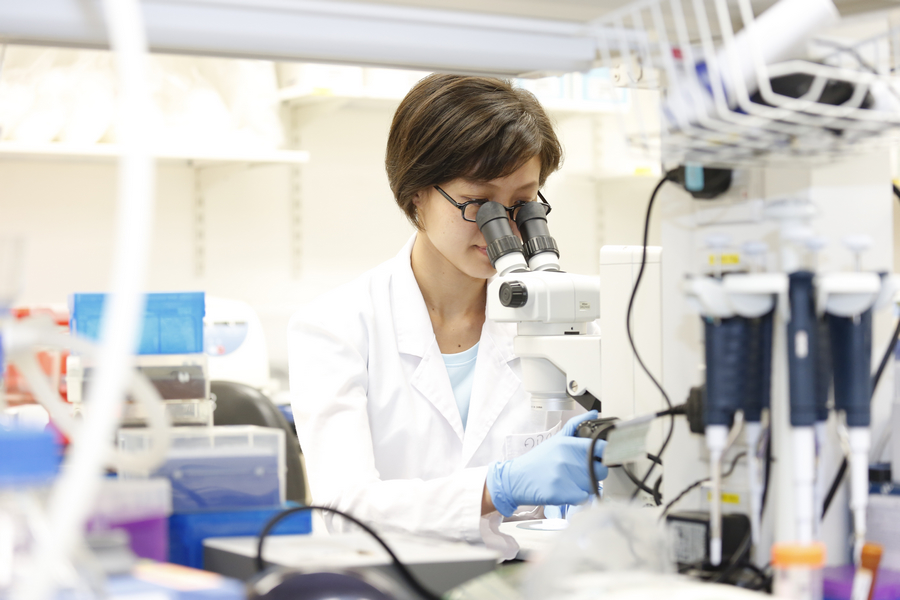Riding the wave of popular interest in innovation and business start-ups, and capitalising on the developmental energies and entrepreneurial possibilities unleashed by the Guangdong-Hong Kong-Macao Greater Bay Area concept, many UM students are scratching their business ownership itch. In recent years, UM has spared no effort in helping our staff and students to establish innovative ventures. In particular, we have nudged them to transform their research results into marketable products. Contemporary society is best served by the application of new knowledge and the introduction of new technologies.
Our cover story in the current edition takes an up-close-and-personal look at what is new on the business-creation front among staff, students, and alumni, as well as at the fruits of our research labours, so as to better position ourselves to provide the necessary platform for assisting our budding entrepreneurs.
Benefiting Society with the Fruits of Scientific Research
In recent years, the University of Macau (UM) has embarked on close collaborations with industry. In doing so, it has experimented with different models of cooperation in order to push the products downstream, turning them into valuable social assets. Scientific research is no longer just dreams on paper or blue sky thinking within the ivory tower. It involves translating research results into tangible benefits for society. Going forward, how might the university carve a path towards sustainable scientific development?
Scientific Research Geared to Technology Transfer
The university is teeming with research groups, with a multitude of research interests, from microelectronics, to Chinese medicine, electromechanical engineering, biomedicine, social sciences, and humanities. Each year, each team must struggle to reach a different research stage or target and must compete for funding to sustain itself. Consequently, research initiatives must be competitive. Prof Rui Martins, vice rector for research, and an expert in microelectronics, reminds researchers that there are internal and external funds available, for these pursuits, which are administered stringently by specialists from diverse fields. Projects must show intrinsic research value, solid theoretical foundation, innovative thinking, and feasibility.
The vice rector points out that UM research initiatives can be broadly divided into two categories: (1) Basic theoretical research with a primarily academic focus; (2) Applied research with a theoretical foundation which aims to develop innovative outcomes that have a positive impact on society. These research projects have different sources of funding, such as the National Natural Science Foundation of China, Macao’s own Science and Technology Development Fund (FDCT), and the Guangzhou Science Technology and Innovation Commission (GSTIC). For applied research, to get the nod, each project must meet the test of feasibility that delivers tangible benefits to society. In Vice Rector Martins’ view, this requirement is quite reasonable. He says, ‘For society to pour so many resources into projects, if not proven to be of social utility, they will remain forever at the level of pure theory. These funding criteria are now pushing research projects towards a new level. I am happy to say that the university has seen a steady rise in research funding.’
Rich in Research Results, Rich in Technology Transfer
Without solid research, there will be no technology transfer. In recent years, UM’s research prowess is reflected in the number of research papers authored by staff and students which are published in international journals. The quantity of published papers has increased from about 144 in 2009 to 1,410 in 2017, an almost tenfold increase over the past eight years. In particular, the output from UM’s two state key labs is most impressive. After seven years, the two labs have won plaudits from both national and international experts, cementing UM’s academic standing in integrated circuits and Chinese medicine, as well as in the incubation of talented researchers. Prof Martins adds that the university’s long years of robust effort have paid off, having chalked up a considerable amount of high-quality research with a sound theoretical footing. UM is now leaning heavily towards applied research projects, some of which have evolved into innovative research that has found favour with industry. UM has gradually come of age and has emerged from the shadow of purely academic journals.
To date, UM has been granted 63 patents in mainland China, the United States, and other regions, with quite a few of them attracting enquiries from national and overseas corporations. Some have even resulted in cooperation agreements and are gearing up for the production stage. ‘Our research personnel are intoxicated by their work,’ says the vice rector. ‘From conceptualization to implementation, they began at zero. Every step of the way has not been easy. But now finally, we have arrived at a stage where our research results can be transferred.’
Teaching and Research Paving the Way for Technology Transfer
The university nudges its students towards innovation and application, encouraging them to take part in research projects. Besides teaching and conducting research, UM academic staff members take it upon themselves to provide students with different research opportunities. The vice rector affirms that teaching and research are interrelated. Some student research has found its way into top international conferences and publications, bringing them into contact with students from other parts of the globe. This is the way to bring out the best in UM students and staff and take research to higher levels of quality and quantity.
Working in concert with the Macao SAR government on the building of a smart city, and in pursuit of the university’s sustainable research development, in recent years UM has urged staff and students to undertake research that is innovative and has social applications, so as to nurture students’ entrepreneurial capabilities. According to Prof Martins, once a research project has attained a certain theoretical status, such as having been published by a relevant authoritative international referred journal, the university will, depending on the technical maturity of the project, apply for a patent, and will provide professional assistance at various levels, to facilitate conversion of research results. Significantly, UM founded UMTEC Limited, a commercial subsidiary of the university, with the objective of facilitating to match concrete technological research outcomes with potential industry partners. From time to time, some UM staff and students have managed to successfully connect with interested parties in industry through different modes of collaboration. ‘By offering technical support and attracting business enterprises to invest in technology development, we are on the way to incubating many more projects.’ says the vice rector.
Embracing the Challenges and Opportunities of the Greater Bay Area
According to the vice rector, Macao’s technology transfer is still in its infancy. The investment climate and business environment need to undergo necessary adjustments. But one cannot make key conditions appear overnight. ‘Remember, Macao is a small place. Kick-starting technology incubation is not without its considerable difficulties. Mostly, the continuing development of these start-ups is in their own hands. Experience tells us that competition in the field of science and technology is fierce. Only by collaborating with local governments or companies within the Greater Bay Area can they hope to make a successful go of it. Macao alone cannot pull it off,’ he says.
To widen the scope and strengthen its capability in applied research projects, and promote industry-university collaboration, in 2017, the university, for the first time, made a grant application to the GSTIC for the 2018 Guangzhou Innovative Science and Technology Project (Involving Collaboration with Non-local Partners). On its very first attempt, UM secured funding approval for nine projects, surely an impressive outcome. ‘In recent five years, UM has overcome obstacle after obstacle, solving numerous problems posed by the differences in law between Macao and mainland China. We are now entering the season of harvest, with many mainland companies and regional governments expressing keen interest in our research projects,’ the vice rector says with pride.
Bullish about the Future
‘Looking back, there is no doubt that we owe much of our initial success to the support of the central government and the SAR government, as well as to the prowess of our research teams. UM’s research capability is becoming better and stronger with each passing day. Up to 70 percent of our research staff in the microelectronics state key lab, for example, are home-grown, with the rest recruited internationally, each pulling his or her own weight. UM is ready, in software and hardware. I am bullish about our prospects in scientific research and in developing technologies that can produce tangible benefits for society.’ These are the confident words of our vice rector as the university faces the future.
Innovations from Academic-industry Collaboration Keeping Investor Doors Open

